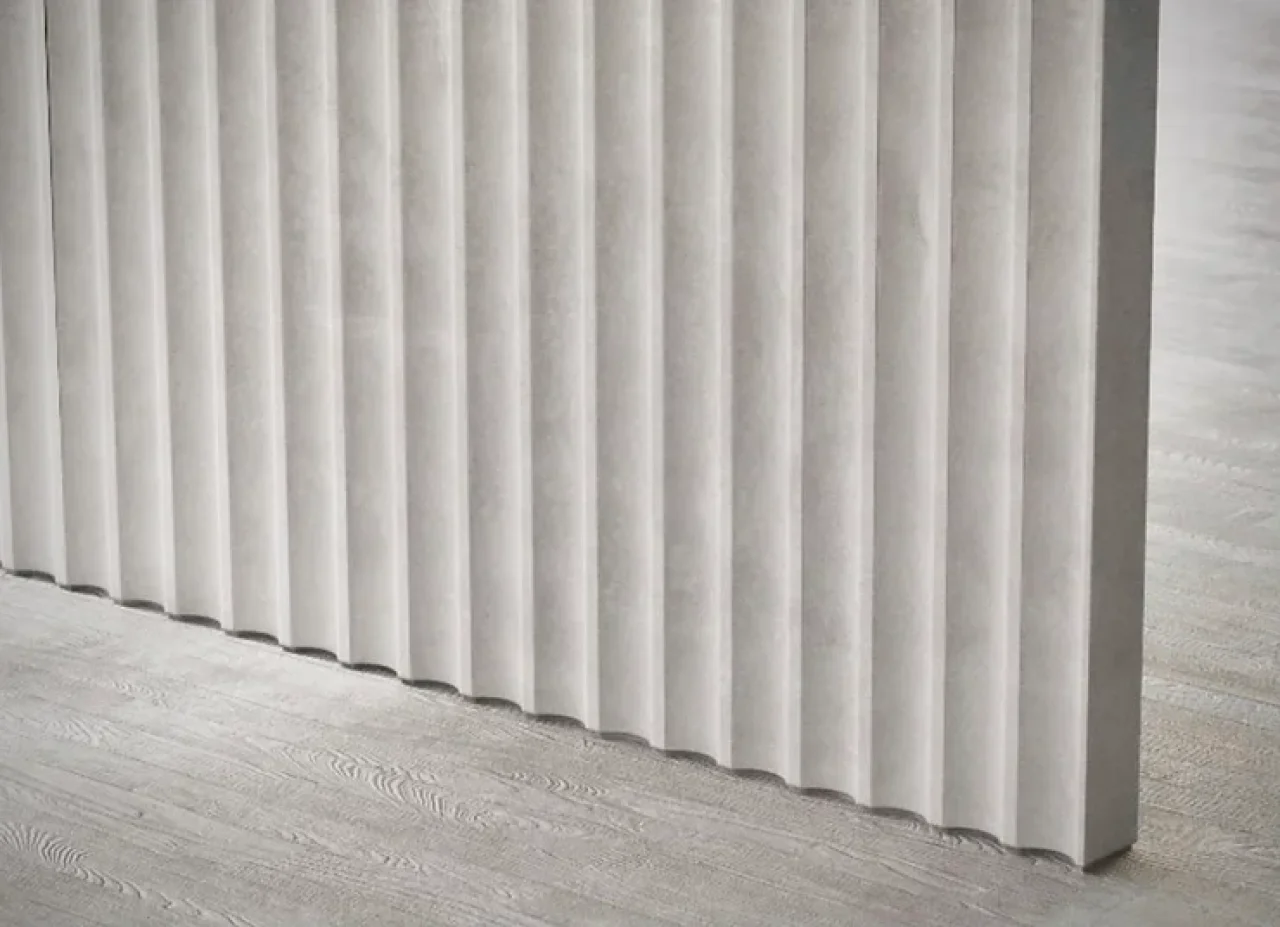Exploring the Destructive Impact of Concrete on the Environment

The modern world is built on a foundation of concrete: it’s the second most widely used material on the planet (after water) and synonymous with strength, durability, and versatility.
However, the impact of concrete on the environment is a subject of increasing concern among scientists, environmentalists, and policymakers alike.
In this blog, we investigate the environmental impacts of concrete and construction - and explore the innovative and sustainable construction practices being embraced by the construction industry which help to mitigate these effects.
What is Concrete?
Concrete is a composite material widely used in construction, known for its durability and strength. It consists of a mixture of aggregate (like sand, gravel, or crushed stone), water, and cement, which acts as a binder to hold the aggregate together.
Cement is a key ingredient in concrete. The most common type – which is referred to as ‘Ordinary Portland Cement’ is made by mixing lime, silica, alumina and other components.

Concrete and its Environmental Challenges
Concrete's environmental footprint is significant, starting from its production process to its disposal.
Cement is the primary ingredient of concrete. To form Ordinary Portland Cement, a combination of components is mixed and fed into a kiln which is heated at approximately 1,500 °C.
This is an extremely energy-intensive process which contributes to cement being responsible for approximately 9% of global carbon emissions.
The extraction of raw materials for concrete production also leads to land degradation and loss of biodiversity.
Moreover, concrete's durability, while beneficial for construction purposes, poses environmental challenges at the end of its life cycle. Concrete construction and demolition contribute to staggering landfill waste (with 600 million tons of C&D debris generated in the United States in 2018). The lack of biodegradability of concrete also means it does not break down over time, leading to harmful long-term environmental impacts.
The Environmental Impacts of Concrete Construction
The environmental impacts of concrete construction extend beyond the production phase. The use of concrete in construction projects contributes to the ‘Urban Heat Island Effect’ where built-up areas become significantly warmer than their rural surroundings.
The heat absorption and retention properties of concrete result in temperatures 1-7°F higher than in outlying areas - leading to increased energy consumption for cooling buildings.
Surface runoff is another significant issue. Impermeable concrete surfaces which do not let water infiltrate the ground can cause increased runoff, which can contain multiple pollutants from urban areas such as oil, gas and litter, contaminating aquatic ecosystems.
‘The decarbonisation of the buildings and construction sector is essential for the achievement of the goal of limiting global warming to 1.5°C’
Building materials and the climate: Constructing a new future, September 2023, UN Environment Programme (UNEP) and the Yale Center for Ecosystems + Architecture (Yale CEA)
Sustainable Construction Practices to Adopt
Sustainable construction practices have emerged as critical in mitigating the impact of concrete on the environment. These practices include the use of alternative materials, recycling of concrete, and the development of greener cement.
Partanna's carbon negative concrete, which avoids the fossil fuels needed for curing Ordinary Portland Cement in kilns, is processed at room temperature and absorbs carbon throughout its life, contributing to net zero goals.
Meanwhile, Partanna’s carbon negative concrete can be processed without the need for fresh water, helping to reduce the burden on drought and water-stressed regions. Concrete accounts for 10th of the world’s industrial water use.
Elsewhere, developers are increasingly utilising modular construction with pre-made concrete blocks that can be reused, helping to reduce the need for virgin materials and decrease landfill waste.
Concrete’s impact on the environment is both substantial and complex, contributing to both global CO2 levels and local ecosystems.
While concrete's role in modern construction is undeniable, the environmental costs necessitate a shift towards more sustainable practices.
By adopting alternative materials, recycling, and innovative technologies, the construction industry can reduce its environmental footprint and pave the way for a more sustainable future.